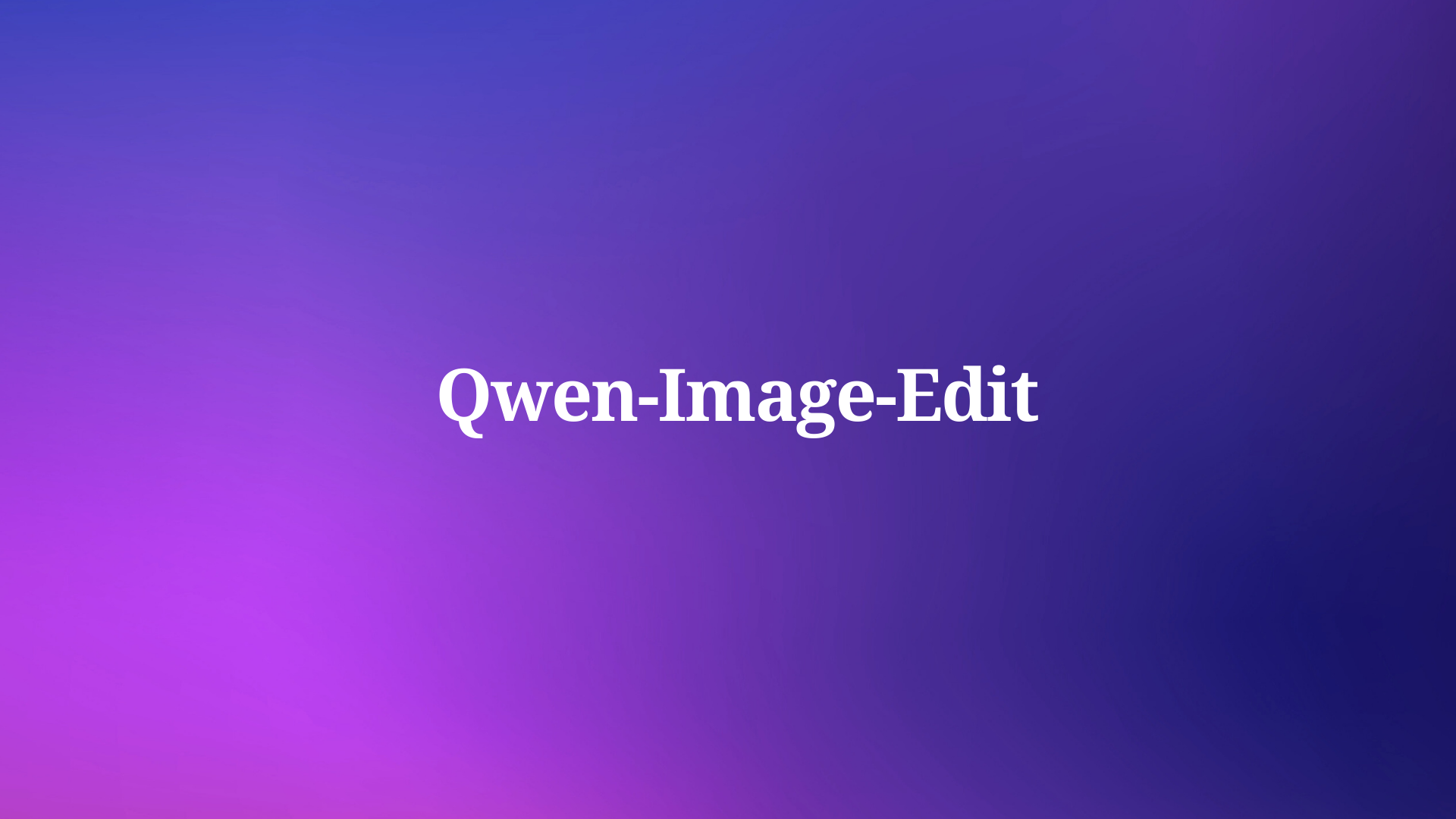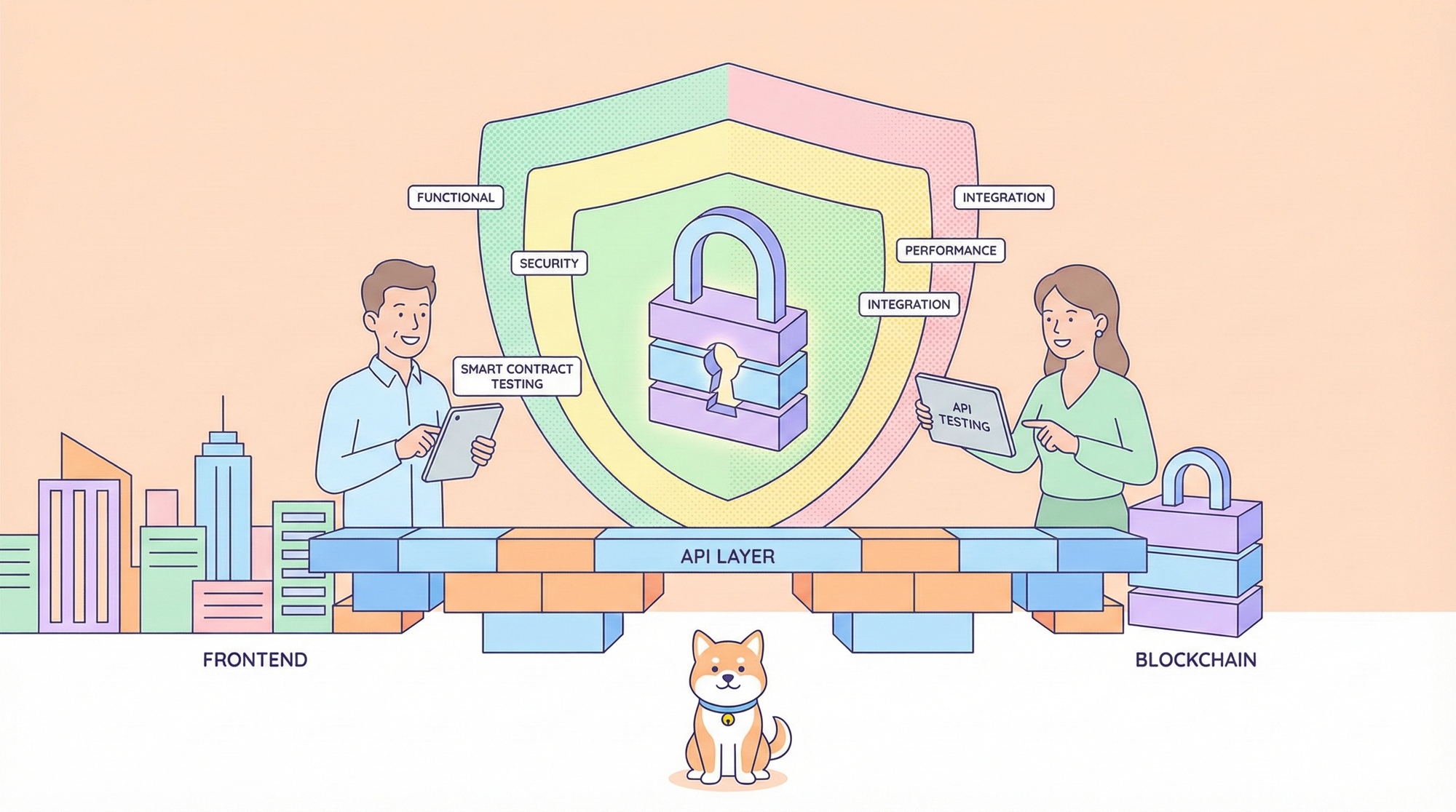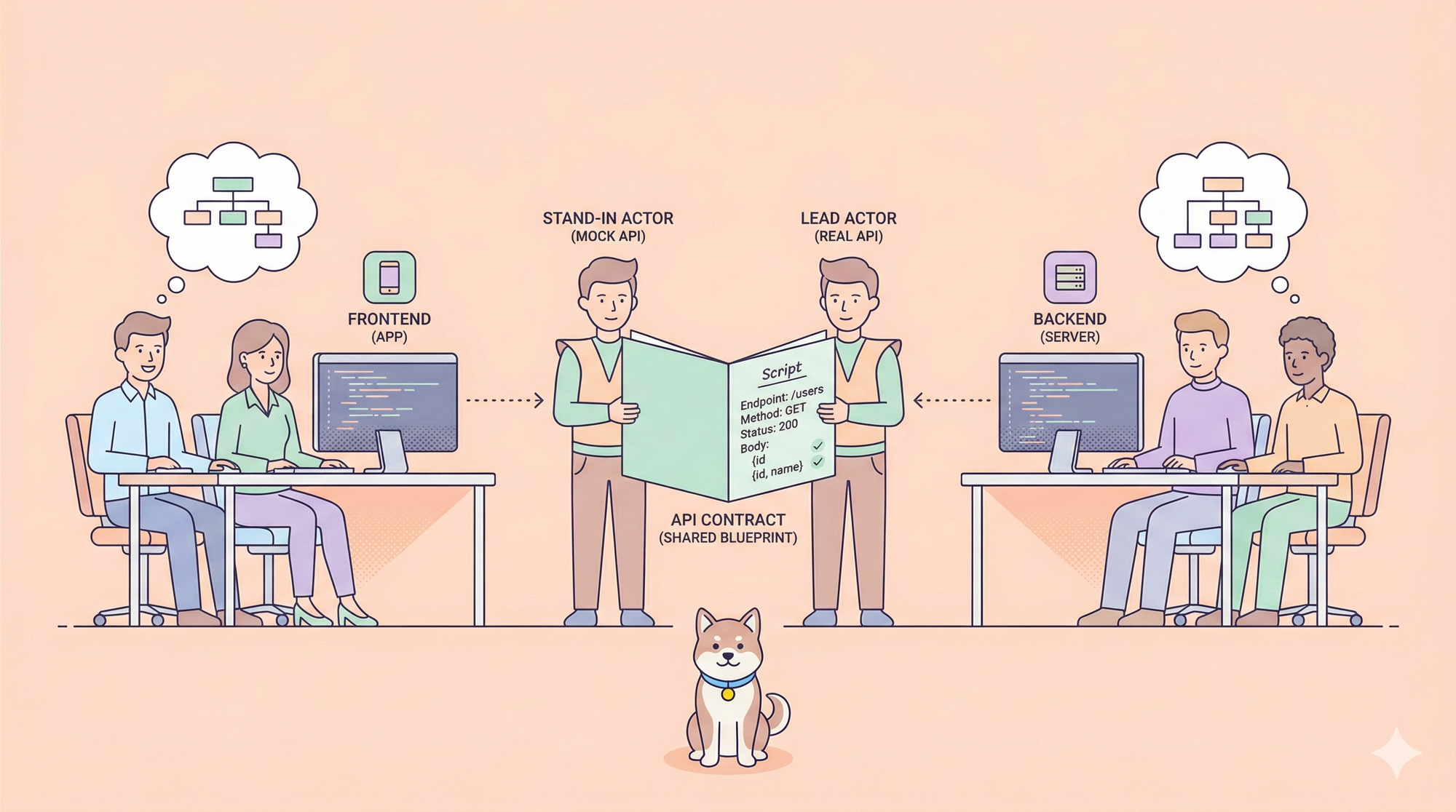The world of AI-powered image editing just experienced a major breakthrough. Qwen-Image is a groundbreaking image generation foundation model released by Alibaba Cloud's Qwen team in August 2025, featuring 20B (20 billion) parameters. Furthermore, the team recently launched Qwen-Image-Edit, a specialized variant that focuses specifically on advanced image editing capabilities.
The Qwen-Image-Edit model represents a significant advancement in artificial intelligence-driven image manipulation. Unlike traditional editing tools that require extensive manual work, this model uses sophisticated machine learning algorithms to understand, interpret, and modify images with unprecedented precision. Moreover, it excels particularly in areas where previous models struggled, such as complex text rendering and multilingual content editing.
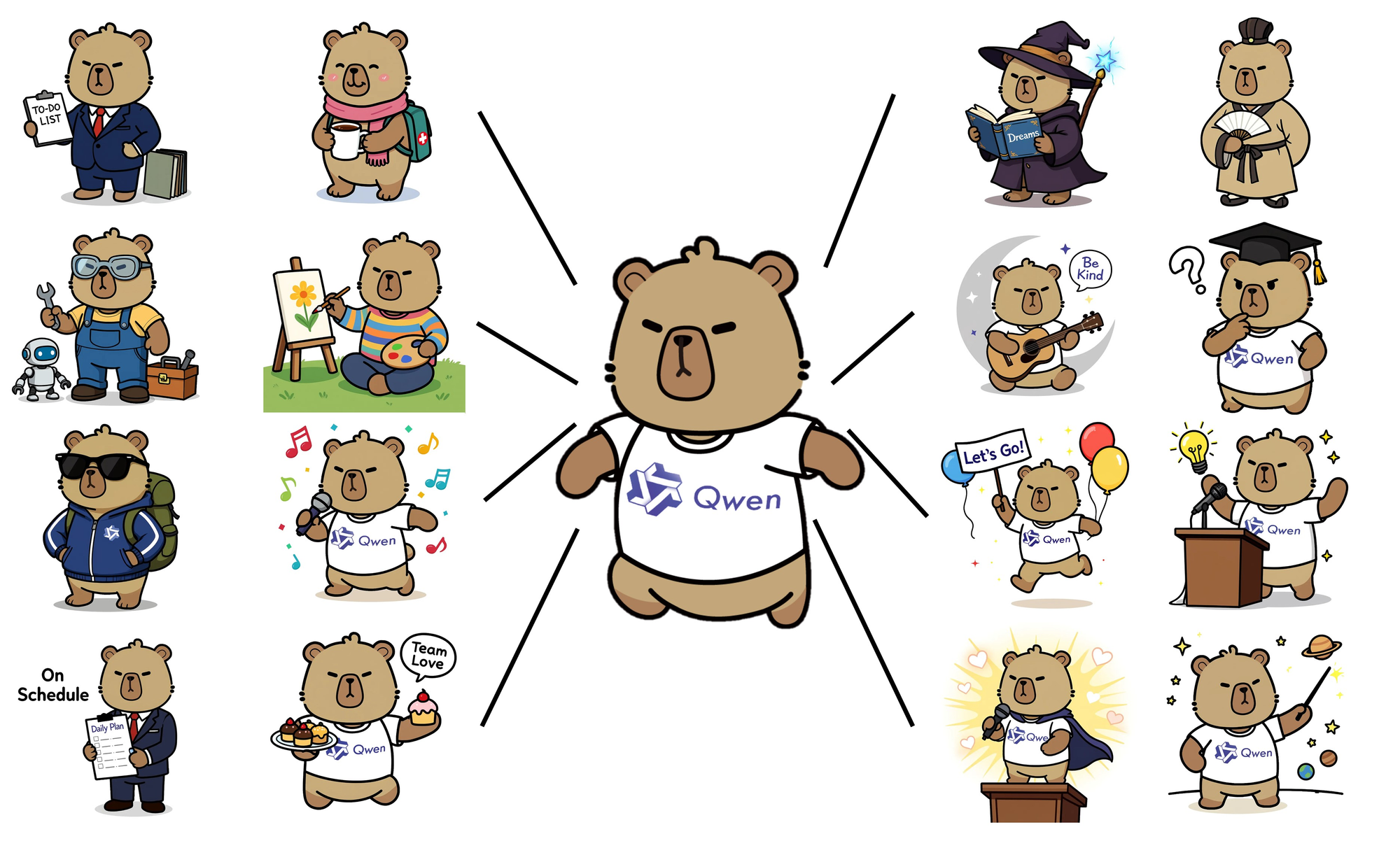
Understanding Qwen-Image-Edit Architecture
Technical Foundation and Model Specifications
Qwen-Image is a 20B parameter MMDiT (Multimodal Diffusion Transformer) model open-sourced under the Apache 2.0 license. This architecture choice provides several key advantages for image editing applications. Specifically, the Multimodal Diffusion Transformer approach allows the model to process both visual and textual information simultaneously, creating more coherent and contextually appropriate edits.
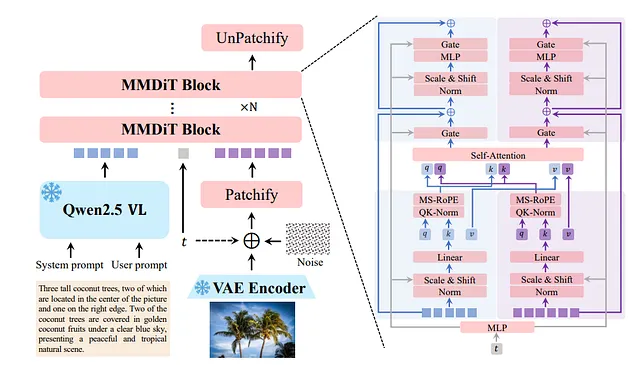
The 20 billion parameter count positions Qwen-Image-Edit among the most sophisticated image editing models currently available. These parameters enable the model to capture subtle nuances in image content, understand complex editing instructions, and produce high-fidelity results across various image types and styles.
Additionally, the Apache 2.0 license ensures that developers can integrate Qwen-Image-Edit into both commercial and open-source projects without restrictive licensing concerns. This accessibility factor has already accelerated adoption across various industries and applications.
Progressive Training Strategy
To address the challenges of complex text rendering, we design a comprehensive data pipeline that includes large-scale data collection, filtering, annotation, synthesis, and balancing. Moreover, we adopt a progressive training strategy that starts with non-text-to-text rendering, evolves from basic image manipulation to advanced editing capabilities.
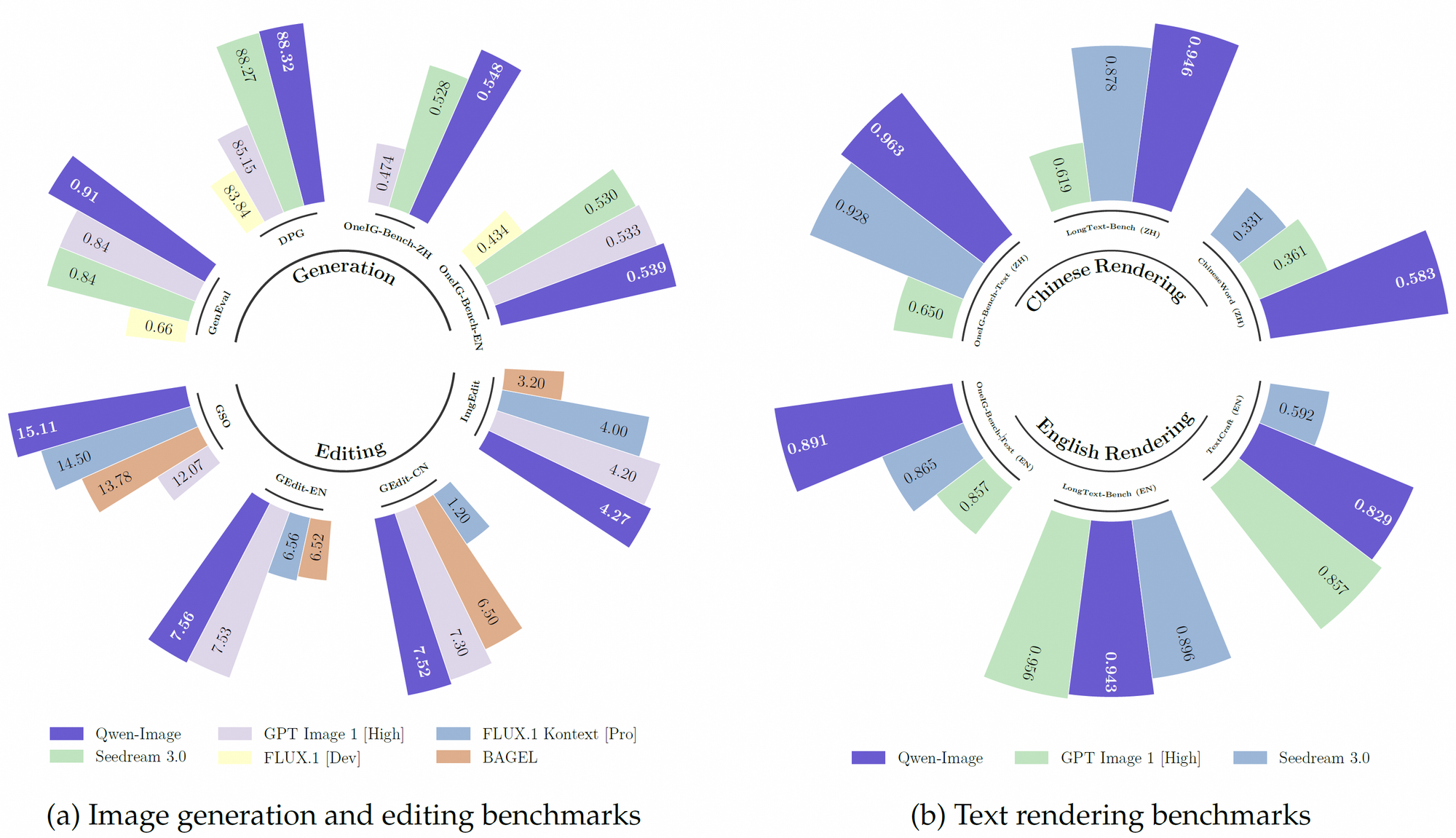
This progressive training approach allows Qwen-Image-Edit to build foundational understanding before tackling more complex tasks. Initially, the model learns basic image generation and simple editing operations. Subsequently, it advances to handle intricate text rendering, style transfers, and precise object manipulation.
The comprehensive data pipeline ensures that the model encounters diverse visual scenarios during training. This exposure enables robust performance across different image types, artistic styles, and cultural contexts, making Qwen-Image-Edit versatile for global applications.
Core Features and Capabilities
Advanced Text Editing Capabilities
Precise Text Editing: Qwen-Image-Edit supports bilingual (Chinese and English) text editing, allowing direct addition, deletion, and modification of text in images while preserving the original font, size, and style. This capability addresses one of the most challenging aspects of image editing - seamlessly integrating text modifications without breaking visual consistency.
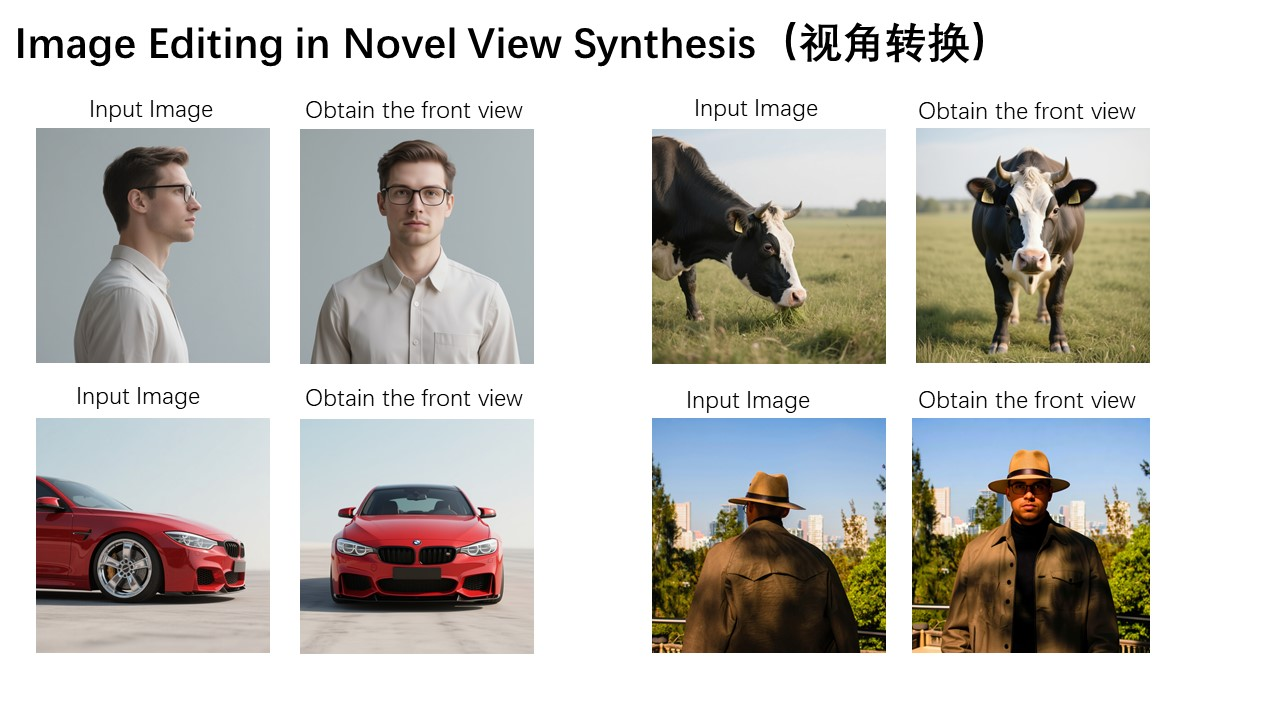
The model's text editing functionality goes beyond simple overlay operations. Instead, it analyzes the existing typography, understands font characteristics, and maintains visual harmony when making modifications. This level of sophistication means users can edit business cards, posters, signage, and other text-heavy images without obvious artificial alterations.
Furthermore, the bilingual support for Chinese and English opens doors for international content creation and localization projects. Companies can now efficiently adapt marketing materials, documentation, and visual content for different markets without extensive manual redesign work.
Comprehensive Image Understanding
But Qwen-Image doesn't just create or edit—it understands. It supports a suite of image understanding tasks, including object detection, semantic segmentation, depth and edge (Canny) estimation, novel view synthesis, and super-resolution. These understanding capabilities form the foundation for intelligent editing decisions.
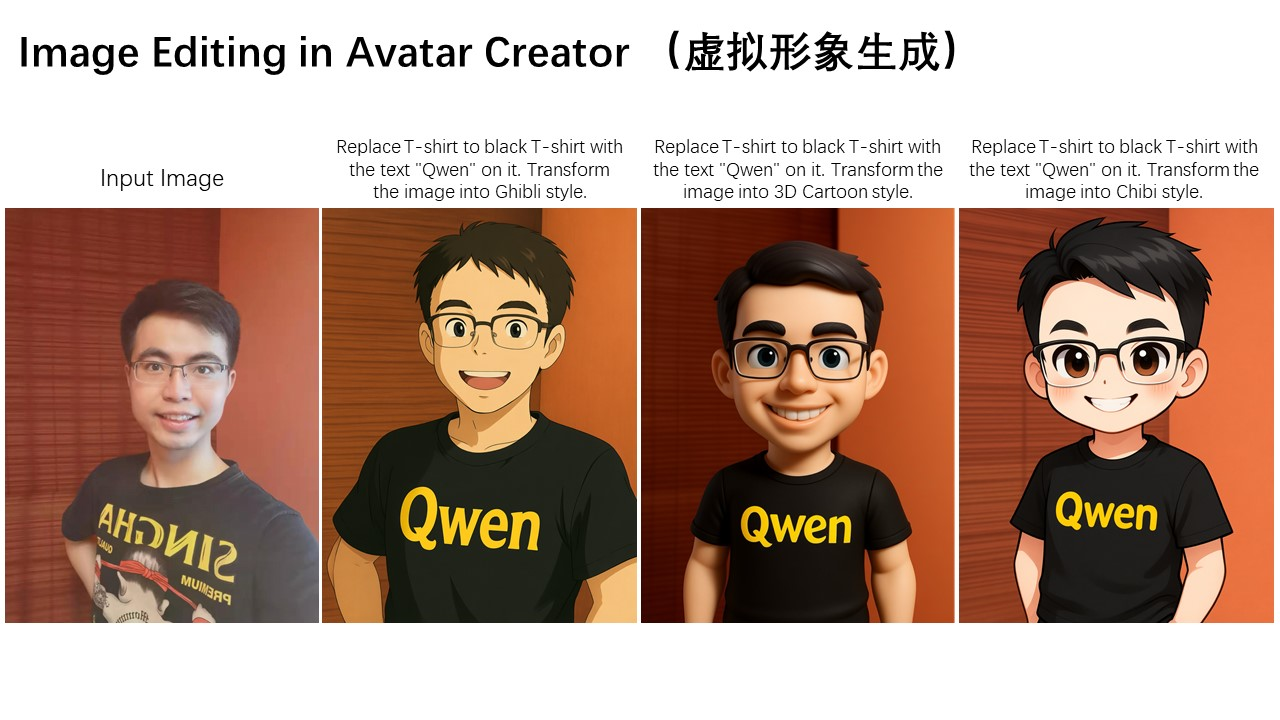
Object detection allows Qwen-Image-Edit to identify and isolate specific elements within images. This capability enables precise editing operations that affect only intended objects while preserving surrounding content. For instance, users can modify a specific product in a catalog image without affecting the background or other products.
Depth estimation adds three-dimensional understanding to the editing process. This capability allows for realistic lighting adjustments, perspective-aware object placement, and sophisticated depth-of-field effects. Users can create professional-quality edits that maintain spatial realism and visual coherence.
Versatile Editing Operations
In terms of image editing, Qwen-Image supports a variety of operations, including style transfer, additions, deletions, detail enhancement, text editing, and character pose adjustment. This allows even ordinary users to easily achieve professional-level image editing.
Style transfer capabilities enable users to apply artistic styles, color schemes, or visual aesthetics from one image to another. This feature proves particularly valuable for maintaining brand consistency across visual content or creating cohesive visual campaigns with unified artistic direction.
The addition and deletion functions work intelligently, considering context and visual consistency. When adding elements, the model ensures proper lighting, shadows, and perspective alignment. Similarly, deletion operations include content-aware filling that seamlessly blends the remaining image areas.
Technical Implementation and API Integration
API Access and Platform Availability
Qwen-Image-Edit provides multiple access points for developers and users. The model is available through various platforms including Hugging Face, ModelScope, and Alibaba Cloud's Model Studio. Each platform offers different integration options and pricing models to accommodate various use cases and budget requirements.
The Hugging Face implementation provides straightforward Python integration through the transformers library. Developers can quickly prototype applications and test functionality using familiar tools and workflows. This accessibility factor significantly reduces the barrier to entry for experimenting with advanced image editing capabilities.
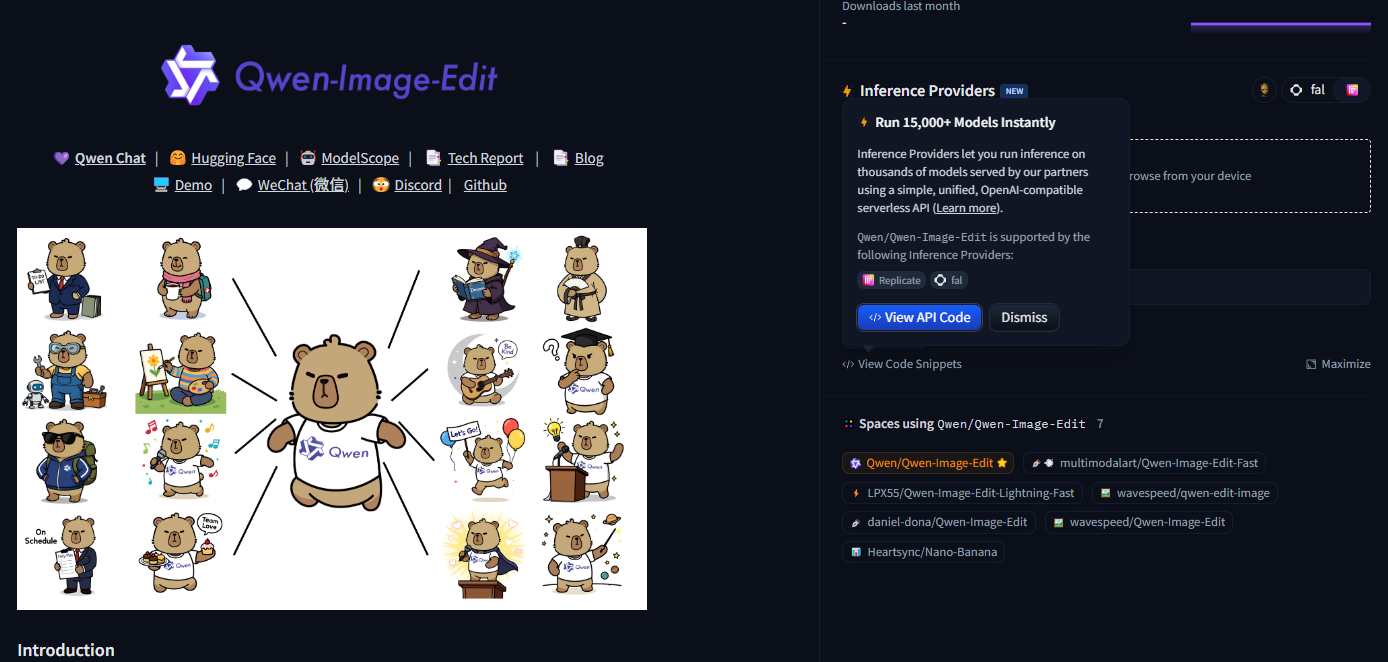
ModelScope offers additional Chinese language support and specialized documentation for developers in the Asian market. This platform also provides optimized hosting options for applications serving primarily Chinese-speaking users.

Alibaba Cloud's Model Studio provides enterprise-grade hosting with advanced scaling, monitoring, and support options. Organizations requiring high availability, guaranteed performance, or specialized compliance features often prefer this platform for production deployments.
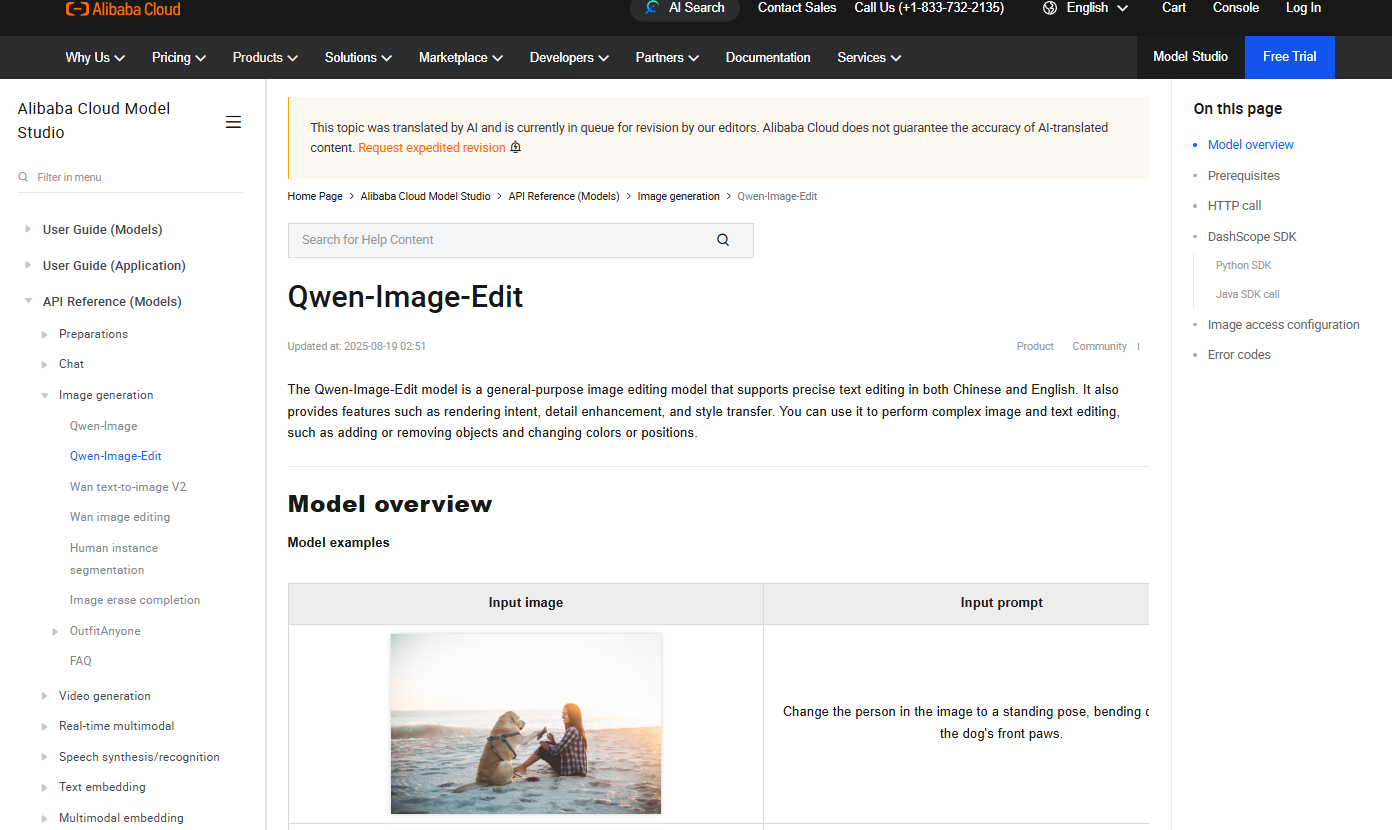
Integration Considerations
When integrating Qwen-Image-Edit into applications, developers should consider several technical factors. First, the model's 20B parameter size requires substantial computational resources for optimal performance. Cloud-based API access often provides the most practical solution for most applications.
Response times vary based on image complexity and editing operations requested. Simple text edits typically complete within seconds, while complex style transfers or multiple simultaneous operations may require longer processing times. Applications should implement appropriate user experience patterns to handle these variations gracefully.
Input image size and format considerations affect both processing time and output quality. The model performs optimally with high-resolution images but can handle various formats and sizes. Developers should implement appropriate preprocessing to ensure optimal results while balancing performance requirements.
API rate limiting and usage monitoring become important factors for applications with high volume requirements. Most platforms provide detailed usage analytics and flexible scaling options to accommodate growing demand.
Future Developments and Industry Impact
Technological Evolution and Enhancement
The release of Qwen-Image-Edit represents a significant milestone in AI-powered image editing technology. However, ongoing research and development continue to push the boundaries of what's possible with automated image manipulation.
Future versions will likely incorporate even more sophisticated understanding capabilities, including improved contextual awareness, enhanced creative intelligence, and broader multilingual support. These developments will further reduce the gap between human creativity and AI-assisted editing capabilities.
Integration with other AI technologies such as natural language processing and computer vision will create more intuitive and powerful editing interfaces. Users will increasingly interact with editing tools using natural language descriptions rather than technical parameters.
Market Transformation and Adoption Trends
The availability of advanced AI editing capabilities through accessible APIs is democratizing professional-quality image editing. Small businesses, individual creators, and emerging markets now have access to capabilities previously available only to large organizations with substantial technical resources.
This democratization trend is reshaping creative industries, enabling new business models, and creating opportunities for innovative applications. The reduced barriers to entry for high-quality content creation are fostering creativity and entrepreneurship across various sectors.
Educational institutions and training programs are adapting curricula to incorporate AI-assisted workflows. The next generation of creative professionals will grow up using these tools as standard components of their creative processes rather than specialized advanced techniques.
Conclusion and Recommendations
Qwen-Image-Edit represents a transformative advancement in AI-powered image editing technology. Its combination of sophisticated understanding capabilities, precise editing operations, and accessible integration options positions it as a leading solution for diverse applications ranging from content creation to business process optimization.
The model's 20 billion parameters enable nuanced understanding and high-quality results that meet professional standards across various use cases. Its multilingual capabilities and open-source licensing make it particularly attractive for global applications and diverse development communities.
Remember to download Apidog for free to streamline your development process when working with Qwen-Image-Edit APIs. This powerful tool will help you integrate, test, and optimize your image editing applications more effectively, ensuring smooth deployment and reliable performance in production environments.
